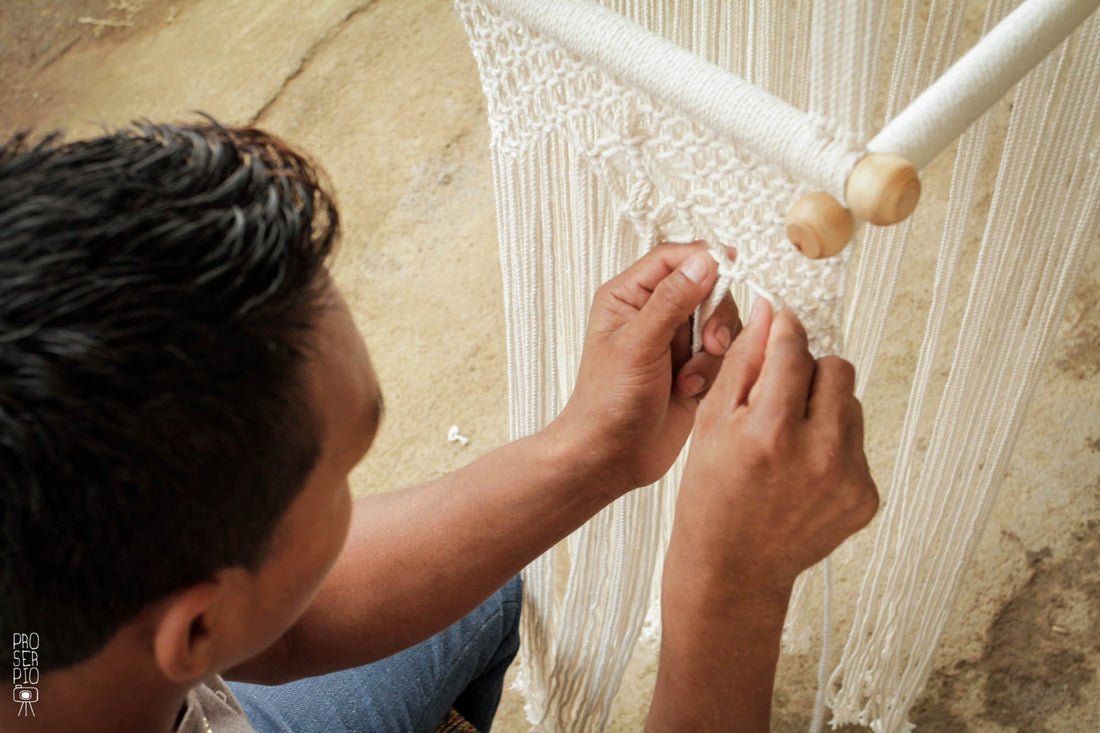
A Journey Through the History of Hammocks in Nicaragua
Share
When you think of Nicaragua, images of lush rainforests, volcanic landscapes, and vibrant colonial cities may come to mind. But woven into the very fabric of this Central American nation’s culture is an iconic symbol of rest, craftsmanship, and tradition: the hammock. For centuries, hammocks have been more than just a place to sleep or relax in Nicaragua—they are a testament to resilience, artistry, and the rhythms of daily life. Let’s unravel today the rich history of these beloved suspended beds and their enduring legacy in Nicaraguan culture.
Roots in Indigenous Heritage
Long before European colonization, hammocks were already an integral part of life for Nicaragua’s Indigenous peoples. Tribes like the Chorotega, Nahua, and Miskito crafted hammocks from natural fibers such as palm leaves, cotton, and agave. These early hammocks were not just practical—they were essential for survival. Elevated above the ground, they provided protection from damp soil, insects, and snakes, while offering respite from the tropical heat.
For Indigenous communities, hammocks also held spiritual significance. They were often used in rituals and communal gatherings, symbolizing a connection to nature and ancestral traditions. The weaving process itself was (and still is) a meditative art, passed down through generations of skilled artisans.
Colonial-era
When Spanish colonizers arrived in the 16th century, they encountered hammocks for the first time—and quickly adopted them. The portable, lightweight design proved ideal for sailors and explorers, who brought hammocks back to Europe, where they became a novelty.
Colonial-era Nicaragua saw hammocks become a staple in homes across social classes. From rural farming communities to bustling colonial cities like Granada and León, hammocks were hung in courtyards, kitchens, and bedrooms, reflecting their versatility and universal appeal.
Craftsmanship and Community
Today, Nicaragua remains one of the world’s foremost producers of handwoven hammocks. Towns like Masaya and San Juan de Oriente are renowned for their artisan communities, where families dedicate their lives to perfecting the craft. Using techniques unchanged for centuries, weavers spend days—sometimes weeks—creating a single hammock. The process begins with spinning raw cotton into yarn, dyeing it with natural pigments, and meticulously weaving it on wooden looms. Each piece tells a story through its patterns, from geometric motifs inspired by nature to vibrant colors reflecting Nicaragua’s landscapes.
For many Nicaraguan families, hammock-making is more than a trade; it’s a source of pride and economic stability. Cooperatives led by women artisans have emerged in recent decades, empowering communities while preserving traditional methods.
Hammocks in Modern Nicaraguan Life
In Nicaragua, hammocks are everywhere. They sway in breezy patios, serve as makeshift cribs for babies, and transform into social hubs during family gatherings. The siesta culture—a midday pause to escape the heat—is incomplete without a hammock’s gentle embrace. Even festivals and fairs celebrate the hammock, with competitions for the most elaborate designs.
Globally, Nicaraguan hammocks are prized for their durability and craftsmanship. Travelers and ethical shoppers seek them out, recognizing their role in sustainable, slow fashion. For those who own one, a Nicaraguan hammock isn’t just furniture—it’s a piece of living history.
Preserving a Legacy
As the world modernizes, Nicaragua’s hammock-weavers face challenges, from cheap factory-made imitations to shifting economic priorities. Yet, the tradition persists, fueled by a new generation of artisans and global demand for ethically made goods. Organizations and fair-trade initiatives now work to amplify their voices, ensuring that every handwoven hammock supports livelihoods and cultural preservation.
Experience the Magic
Whether you’re lounging in a Nicaraguan hammock beneath a mango tree or displaying one in your home, you’re participating in a centuries-old story. At Hang A Hammock Collective, we honor this legacy by partnering directly with Nicaraguan artisans, bringing you hammocks that blend beauty, tradition, and purpose.
Next time you sink into the cozy curve of your hammock, remember: you’re not just relaxing—you’re swinging in the heartbeat of Nicaragua.
Join us in celebrating heritage. Explore our collection of ethically sourced Nicaraguan hammocks and support the hands that weave history!
Sources: "The Indigenous Peoples of Nicaragua" by Germán Romero Vargas; UNESCO’s documentation on Nicaraguan artisan towns; Museo Nacional de Nicaragua; Oxfam and Heifer International reports on Nicaraguan artisan communities.
